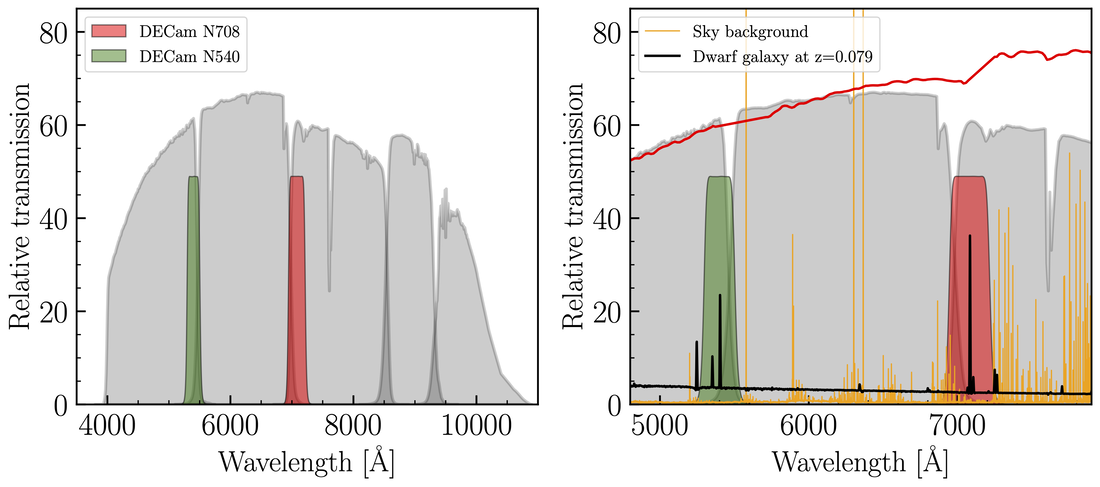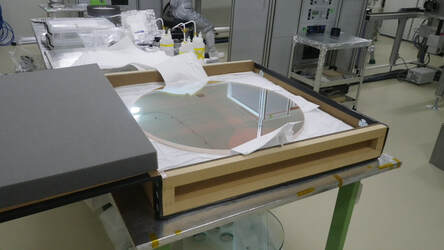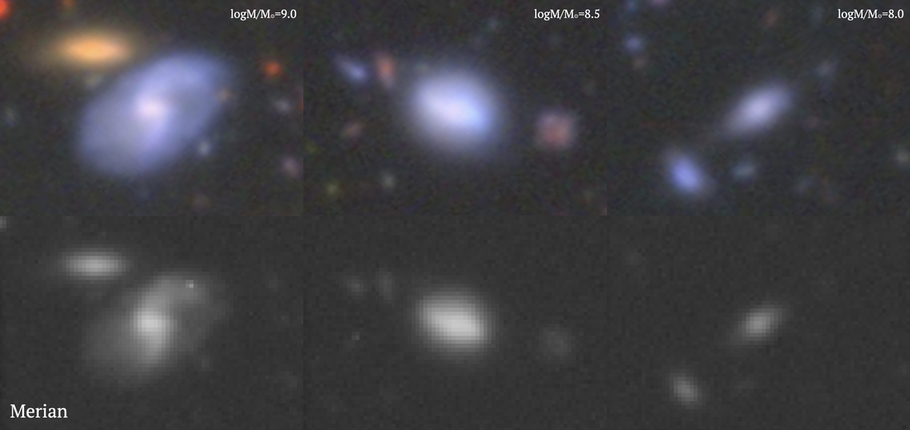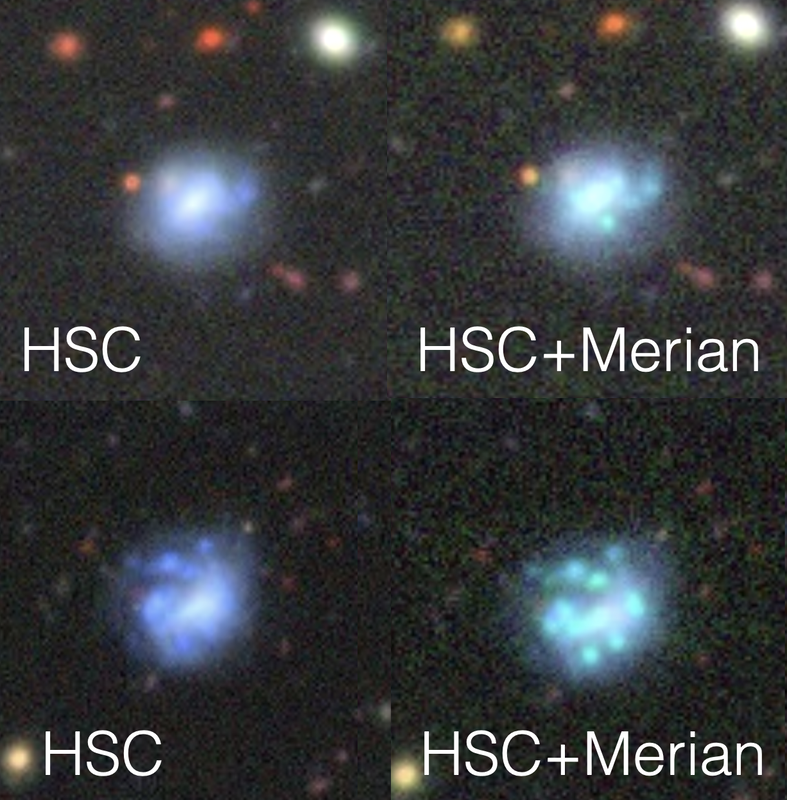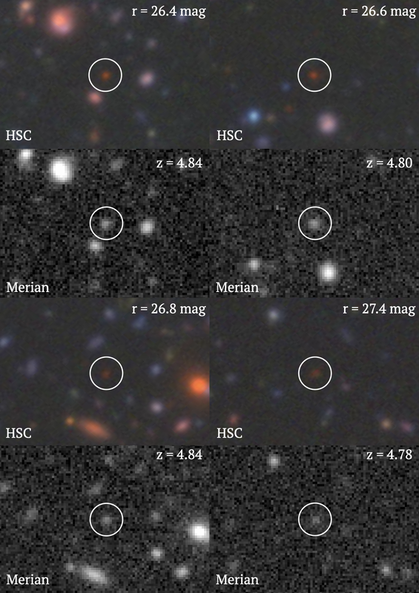The Merian Survey
What is the Nature of Dark Matter in dwarf galaxies?
What roles do AGN, merging, and stellar feedback play in shaping dwarf properties?
Can the diversity of dwarf rotation curves be explained by baryonic effects or do they point to an exotic form of Dark Matter?
What roles do AGN, merging, and stellar feedback play in shaping dwarf properties?
Can the diversity of dwarf rotation curves be explained by baryonic effects or do they point to an exotic form of Dark Matter?
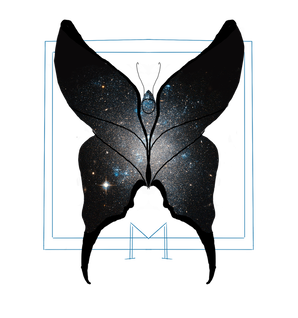
The Merian survey is an ambitious program designed to build the largest and most well-understood existing sample of star-forming dwarf galaxies between 8<log(Mstar/Msun)<9 out to redshift 0.1, in order to answer the questions above. Merian will use 64 nights during 2021-2024 with DECam on the 4-meter Blanco telescope at CTIO in Chile, and will image 800 square degrees of the sky within the HSC SSP Wide field with two custom made medium-band filters (N708 and N540) for Halpha and OIII emission to create a sample of 100,000 star-forming dwarf galaxies (with 90% completeness) in the redshift range 0.058<z<0.10.
See more details in our first Merian Survey paper Luo et al. (2023), arXiv: 2305.19310!
The co-principal-investigators are Prof. Alexie Leauthaud (UCSC) and Prof. Jenny Greene (Princeton).
See more details in our first Merian Survey paper Luo et al. (2023), arXiv: 2305.19310!
The co-principal-investigators are Prof. Alexie Leauthaud (UCSC) and Prof. Jenny Greene (Princeton).
We have finished ~50/64 Merian observing run from Mar. 2021 to Oct. 2023, with average seeing ~0.9 arcsec. Below are some HSC color images and the N708 medium-band images from our first Merian run for 3 example dwarf galaxies with stellar mass of 10^8, 10^8.5 and 10^9.
The Merian survey has many different science cases. Except for star-forming dwarf galaxies at z~0.1, the unique medium-band data allow us to do many other things such as searching Layman-alpha emitter (LAEs) at high redshift z~4.8 or OIII emitters at z~0.4.
